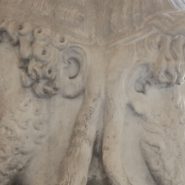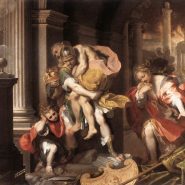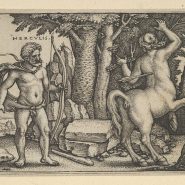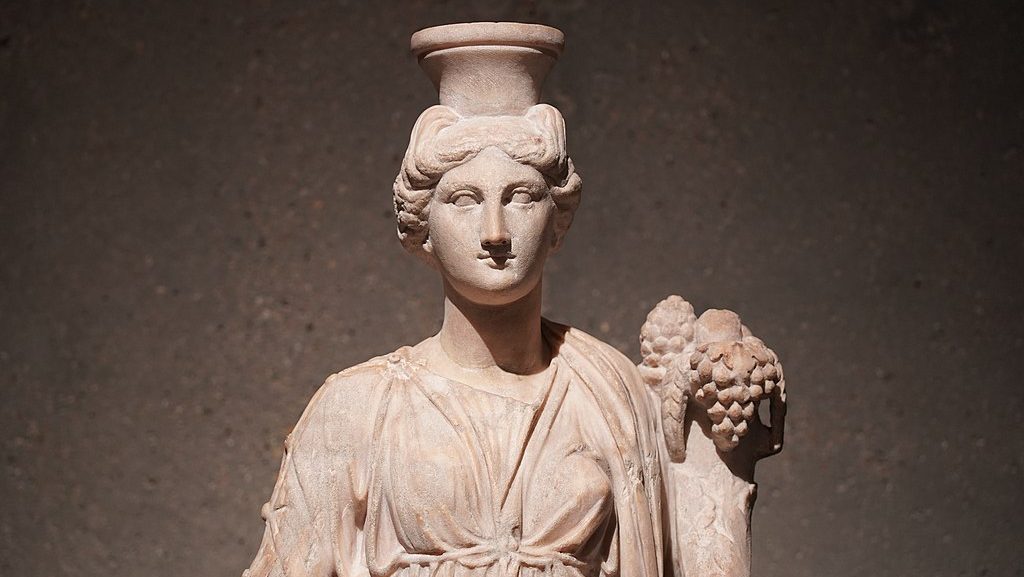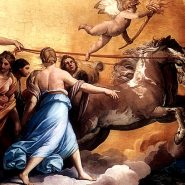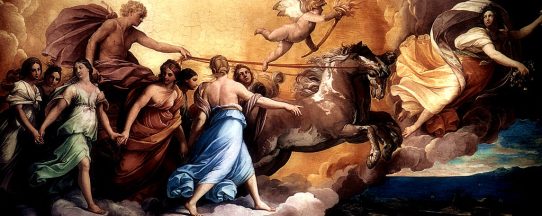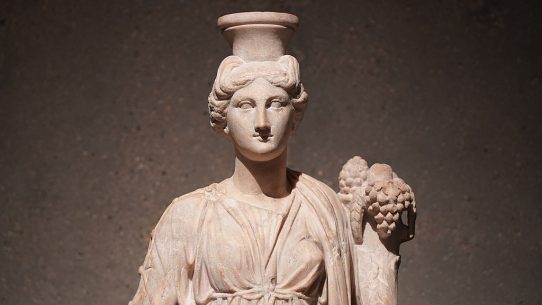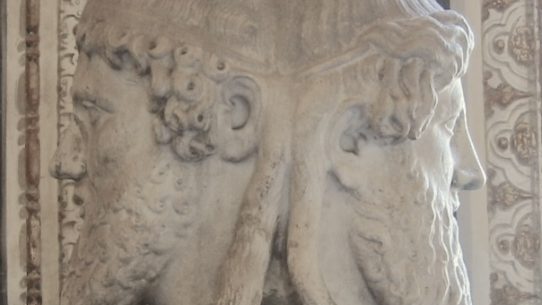Fortuna, one of the most captivating figures in Roman religion, was the goddess who governed chance, destiny, and the uncertain turns of human life. To the Romans, she was both a giver and taker of prosperity — a divine embodiment of fortune’s wheel, ever turning and unpredictable. Her influence reached into every stratum of Roman society, from emperors seeking her favor in war and politics to farmers praying for a bountiful harvest.
Origins and Mythological Background
Fortuna’s name derives from the Latin fors, meaning “chance” or “luck.” Though her cult was distinctly Roman, she likely absorbed traits from earlier Italic and Greek influences, particularly from the Greek goddess Tyche, who personified fortune and civic destiny.
In Roman thought, Fortuna was more than mere luck — she was a cosmic force that determined the rise and fall of men and empires. Her presence reflected the Roman belief that life was governed not solely by virtue or planning, but also by the mysterious ebb and flow of fate. Over time, she came to be depicted in many aspects: Fortuna Primigenia (the Firstborn, linked to creation and motherhood), Fortuna Redux (the Bringer of Return, protecting travelers), and Fortuna Publica Populi Romani (the Fortune of the Roman People), who guarded the collective destiny of the state.
Iconography and Symbols
Fortuna was most often portrayed as a woman holding a cornucopia — a symbol of abundance — and a rudder, representing her control over the course of human lives. Sometimes she was shown standing atop a wheel, the rota Fortunae, which could turn at any moment to raise or ruin those beneath it.
The blindfold often added to her later depictions emphasized her impartiality: Fortuna favored none and saw none. Her gifts and misfortunes fell alike upon the worthy and unworthy, a truth that made her both revered and feared.
The image of Fortuna’s wheel became one of the most enduring symbols of fate in Western art and philosophy. Medieval thinkers, including Boethius in The Consolation of Philosophy, would later expand this metaphor to illustrate the instability of human success.
Temples and Worship
The worship of Fortuna was widespread throughout Rome and its provinces. One of her oldest and most famous sanctuaries was the Temple of Fortuna Primigenia at Praeneste (modern Palestrina), dating to at least the 2nd century BCE. This vast complex, built into a hillside, combined religious devotion with political symbolism, representing Fortuna as the origin and sustainer of Rome’s power.
Another prominent shrine, the Temple of Fortuna Redux, was dedicated by Emperor Augustus in 19 BCE to commemorate his safe return from Asia. Annual festivals, such as the Fortunalia and Fors Fortuna, invited citizens to celebrate her gifts and acknowledge their dependence on her favor. During these rites, offerings of fruit, wine, and flowers were made, and worshippers sought omens from oracles dedicated to the goddess.
The Philosophy of Fortune
In Roman moral and philosophical life, Fortuna occupied a paradoxical place. Stoics viewed her as the embodiment of worldly unpredictability — a force to be accepted with calm detachment. Cicero, Seneca, and others advised Romans to cultivate virtus (virtue) and constantia (steadfastness), rather than rely on fortune’s unreliable blessings.
Yet, for many, Fortuna remained a personal goddess of hope. Soldiers prayed for her before battle, merchants invoked her before voyages, and families sought her favor at life’s major transitions. Her influence transcended morality and merit, reminding Romans that destiny was not entirely within human control.
Fortuna in Art and Legacy
Artistic depictions of Fortuna flourished in Roman sculpture, mosaics, and coins. Emperors frequently associated themselves with her image to suggest divine favor and legitimacy. Fortuna’s enduring presence can be seen in the Latin phrases she inspired: Fortes fortuna adiuvat (“Fortune favors the brave”) and Fortuna caeca est (“Fortune is blind”).
Her legacy extended far beyond antiquity. During the Renaissance, Fortuna reemerged as a symbol of fate’s volatility — often portrayed balancing on a sphere, emphasizing life’s precariousness. The concept of the “Wheel of Fortune” continues today as a metaphor for life’s shifting fortunes, a testament to her enduring hold on the human imagination.
